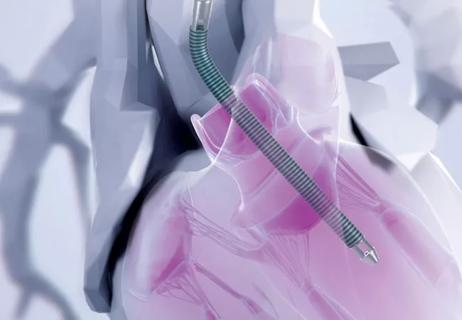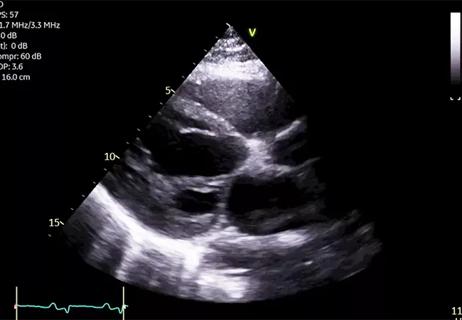Medical and surgical perspectives on current and emerging uses of ECMO and Impella
When a patient at Cleveland Clinic is in cardiogenic shock or has significant ventricular dysfunction, the health system’s Heart, Vascular and Thoracic Institute convenes a “shock call” within minutes. The call gathers a multidisciplinary team — cardiac surgeons, cardiologists, ICU physicians, anesthesiologists, nurse and others — to assess the patient’s case and collectively decide on the best treatment strategy.
Advertisement
Cleveland Clinic is a non-profit academic medical center. Advertising on our site helps support our mission. We do not endorse non-Cleveland Clinic products or services. Policy
The strategy often includes some form of temporary mechanical circulatory support (MCS), typically either the Impella 5.5® microaxial temporary left ventricular assist device or extracorporeal membrane oxygenation (ECMO). Implantation of these devices can swiftly be done on a 24/7 basis in the operating room, in a catheterization lab or at the bedside in an ICU.
In a new episode of Cleveland Clinic’s Cardiac Consult podcast, two Cleveland Clinic experts in MCS use — Amar Krishnaswamy, MD, Section Head of Invasive and Interventional Cardiology, and Edward Soltesz, MD, MPH, Surgical Director of the Kaufman Center for Heart Failure Treatment and Recovery — discuss contemporary use of MCS devices, touching on the following:
Click the podcast player above to listen to the 16-minute episode now, or read on for an edited excerpt. Check out more Cardiac Consult episodes at clevelandclinic.org/cardiacconsultpodcast or wherever you get your podcasts.
Amar Krishaswamy, MD: In the contemporary era, we provide a lot of care for cardiac patients through catheter-based strategies. However, there are a number of patients, especially that we see at Cleveland Clinic, who just can’t be treated effectively with a catheter, whether they need multivessel coronary bypass grafting or have complex valvular heart disease. Unfortunately, on top of those diseases, they have a very weak heart. Traditionally, and in other institutions, these patients might not be offered cardiac surgery. But you and your group have been able to take many of these patients through surgery successfully using things like an Impella as a support device to nurse the patient through that perioperative and postoperative time. Can you speak to that application of mechanical circulatory support?
Advertisement
Ed Soltesz, MD, MPH: A lot of heart surgery in the United States is performed in patients with poor ventricular function, as you noted. Unfortunately, a lot of patients are denied lifesaving heart surgery or catheter-based procedures because of low heart function. What we’ve come to realize is that we can provide temporary circulatory support, most commonly with the Impella device, but sometimes with a combination of other devices as well, to bridge patients through the initial period, usually 48 to 72 hours after surgery or a procedure, where their heart function is really compromised because of the intervention and we’re waiting for the recovery period. This is a way we’ve been able to offer lifesaving surgery to patients who otherwise would be denied that opportunity because their heart function has been too low.
If we can get them through that time that’s the most challenging in the immediate postoperative period, it turns out they are then able to benefit from what we’ve done for them surgically, whether it be bypass surgery or valve surgery.
Advertisement
Advertisement

ECMO specialists partner with ethicists to guide fellow caregivers in critical decision-making

Cleveland Clinic series finds favorable long-term results with this high-risk operation

Preoperative Impella 5.5 placement can provide a critical safety net for high-risk patients

Young man saved multiple times by rapid collaborative response

Study underscores the magnitude of stroke in pediatric ECMO patients

Experience-based takes on valve-sparing root replacement from two expert surgeons

Two surgeons share insights on weighing considerations across the lifespan

BITA grafts themselves are rarely to blame, and outcomes can be good